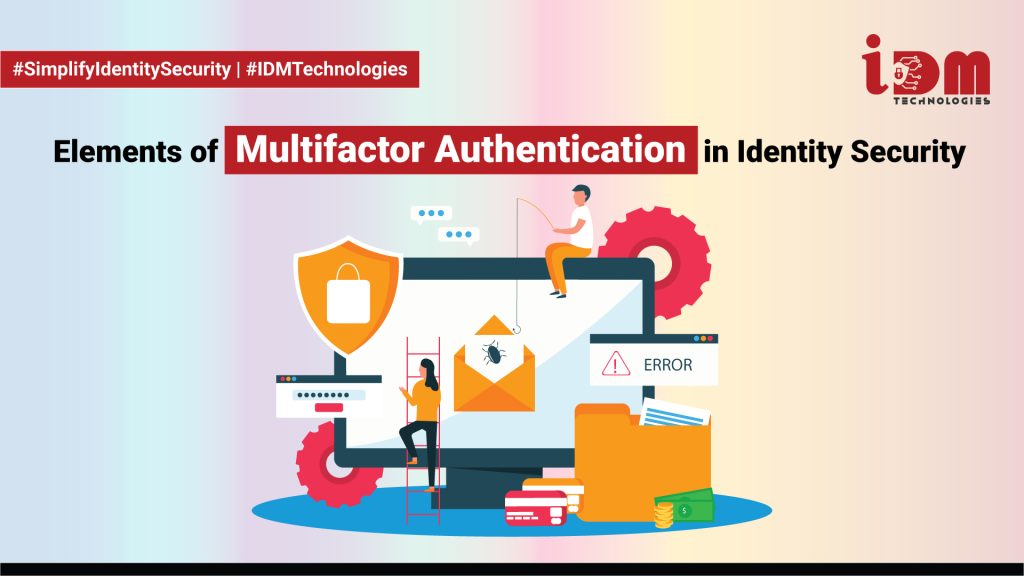
In the realm of identity security, Multifactor Authentication (MFA) stands out as a powerful defense mechanism. As cyber threats grow increasingly sophisticated, relying solely on passwords is no longer adequate. MFA introduces multiple layers of security, significantly enhancing protection against unauthorized access. In this blog, we’ll delve into the critical elements of multifactor authentication and their roles in fortifying identity security.

In the realm of identity security, Multifactor Authentication (MFA) stands out as a powerful defense mechanism. As cyber threats grow increasingly sophisticated, relying solely on passwords is no longer adequate. MFA introduces multiple layers of security, significantly enhancing protection against unauthorized access. In this blog, we’ll delve into the critical elements of multifactor authentication and their roles in fortifying identity security.
Multifactor authentication is a security process that requires users to provide two or more independent credentials to verify their identity. These credentials fall into three primary categories: something you know, something you have, and something you are. Understanding these elements is key to comprehending how MFA strengthens security.
Successful MFA implementation involves several key steps:
While MFA is highly effective, it comes with certain challenges:
– User Experience: Balancing security with user convenience is crucial. Overly complex authentication processes can frustrate users.
– Cost and Resources: Implementing MFA can be resource-intensive. Organizations must weigh the costs against the benefits.
– Integration: Seamlessly integrating MFA with legacy systems can be challenging. Proper planning and testing are essential.
IDM Technologies asserts that implementing MFA is not just a security measure; it’s a commitment to protecting user data and enhancing overall security posture. By incorporating the essential elements of Multifactor Authentication, you can significantly enhance your organization’s identity security framework. Stay ahead of potential threats and ensure the safety of your digital assets with MFA. Embrace the elements of multifactor authentication and fortify your identity security today.
Our experts will be in touch with you shortly.